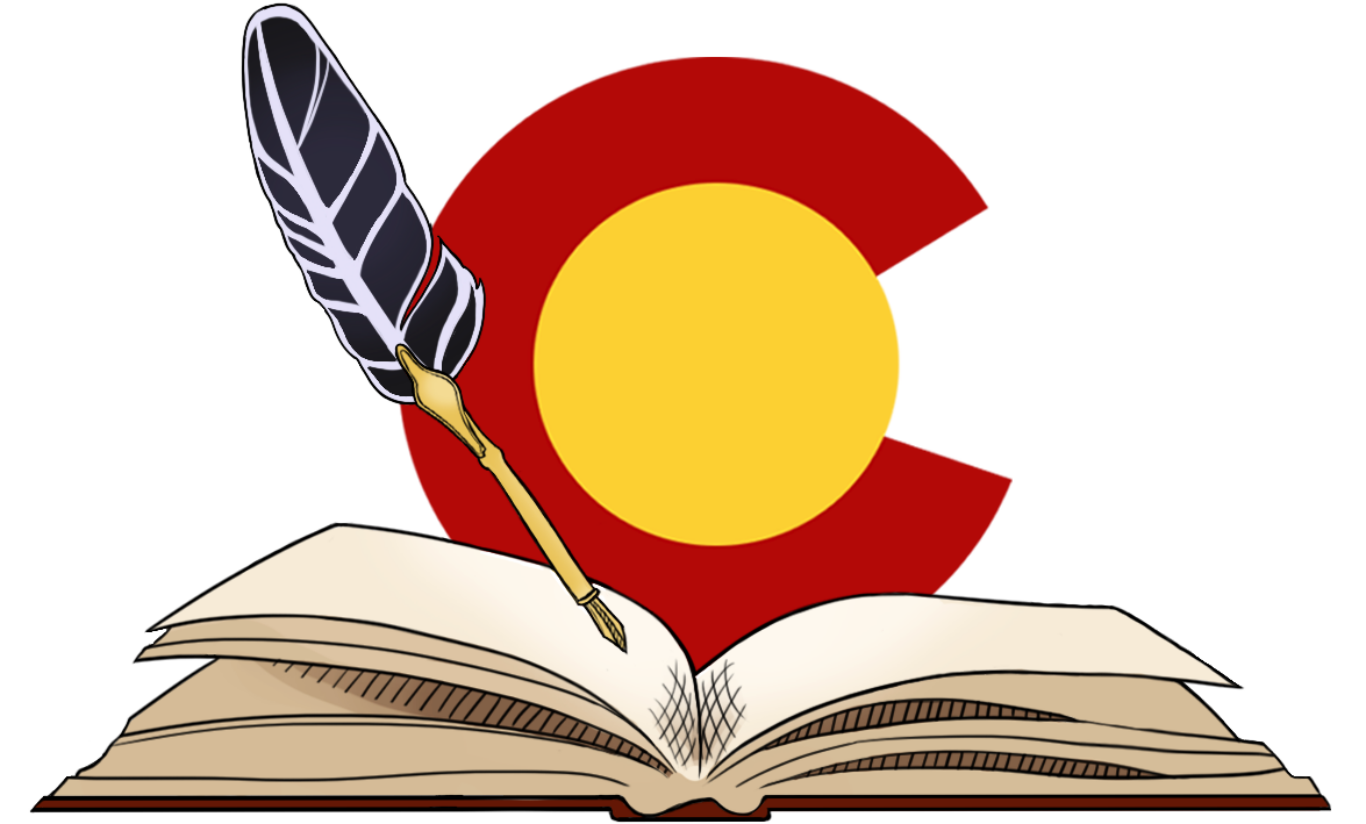by Nate Carr
You’re feeling great! The bill you’ve been working on for months has just cleared third reading on the floor. A few amendments were added before it passed, but that’s okay. Leadership dismisses everyone for the day, and you leave the chambers. The next morning you return to your desk to find a letter from the Publications Coordinator and the Revisor of Statutes titled “Revisor’s Comment”. Both work in the Office of Legislative Legal Services. You open the letter to discover that they are alerting you to a conflict that your bill has with one or more other bills circulating through the process. You may experience a touch of anxiety, but don’t worry, the OLLS staff is ready and willing to work with you to resolve the conflict.
You have notice in hand advising you that a conflict exists, but what does this mean? This means that statutory provisions in your bill cannot be harmonized — or merged together — successfully with the statutory provisions of one or more other bills that are going through the legislative process. If the conflict is not resolved, certain provisions in your bill may not take effect because they may be superseded by provisions in the conflicting bill(s). The letter will outline the provisions of law in conflict and which bill(s) the conflicting provision(s) are in. You should contact the drafter of your bill soon after receiving the letter. Be assured, by the time you have received the letter, the drafter has already been notified of the situation and is ready to work with you to resolve the conflict. In most cases, an amendment to your bill or to one of the other conflicting bills will easily solve the problem.
Who creates the notification letter and how do they find out about the conflict? The Publications Team is the working group that oversees, under the direction of the Committee on Legal Services and the Revisor of Statutes, the publishing and printing of the Colorado Revised Statutes, and they strive to give effect to all laws passed by the General Assembly. In part, this means notifying legislators when conflicts arise so that legislators can avoid superseded provisions. After a bill passes second reading, members of the Publications Team use a computer program to determine whether a section of law in one bill is also being amended in another bill. In fact, this “conflicts check” is mandated by Joint Rule 16c. If provisions in your bill are being amended by another bill, specialists on the Publications Team will determine whether the statutes can or cannot be harmonized. If there is any question as to whether the provisions can be harmonized, members on the Publications Team will speak with the drafters of the possibly conflicting bills. If the drafters agree that the provisions can be harmonized, the Publications team does not generate a letter. But, if the drafters agree that a conflict exists, the Publications Team generates a letter that the Publications Coordinator signs and delivers to you.
In conclusion, don’t stress if you receive a conflict notification letter. The attorneys who drafted the conflicting bills and members of the Publications Team are well aware of the situation and are ready to help you resolve the conflict.
